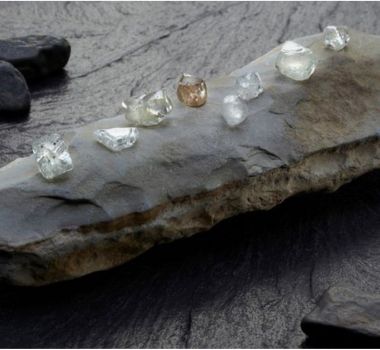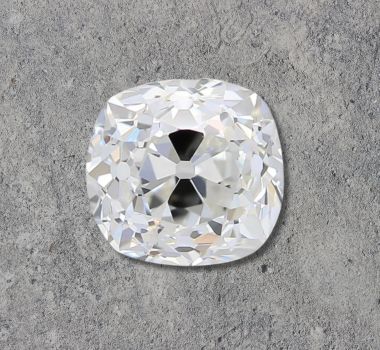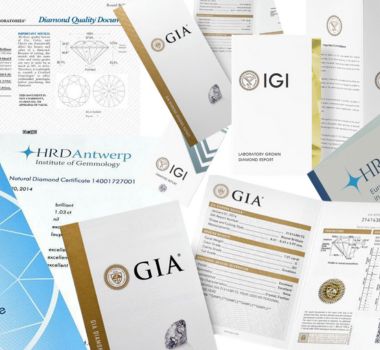

What is the significance of a diamond’s color?
Like all the 4 C’s criteria, the color of a diamond is an important consideration when purchasing a diamond.
It is often assumed that diamonds are completely transparent, but did you know that it is very rare to find a diamond without any color?
In reality, diamonds are found in almost every natural color; of course, there are the white diamonds, but there also exist the gray, black, yellow, green, brown and pink, as well as many other diamond colors.
Although color affects price, there are a number of factors that can help you choose the color grade that suits you.
What does the shape of a diamond signify?
Diamond shapes are divided into two groups: round diamonds and the so-called fancy-shaped diamonds. The most traditional diamond shape is the round diamonds, also called brilliant cut. It is also the most classic, the most universal, carrying all the symbolism associated with the round shape. The fancy shape represents all diamond shapes other than the round brilliant cut. Each diamond shape has its own unique characteristics. When buying a diamond, shape is one of the first factors to consider. The way the diamond is shaped has a significant impact on its appearance. Beyond the technical characteristics, the diamond shape that will appeal to you is a matter of personal preference.

The 3 main degrees of colors
D to F, colorless diamonds, with no perceptible color: The highest colors.
When looking closely at the colors of diamonds, the distinctions within the categories can be difficult to see. The colorless categories are D, E and F. However, these subtle distinctions reflect a difference in price.
The D color diamond is extremely rare. It is the highest color grade that can be purchased. Eighteen percent of customers choose a D color diamond.
Only an electric colorimeter could distinguish the subtle differences. Customers cannot tell the difference between the three grades of colorless diamonds, because none of them have yellow hues.

G to J, near colorless diamonds: The good balance
Near colorless diamonds G, H, I, J appear colorless when viewed from the front, but display a very slight tint when viewed in profile. This tiny amount of color will be undetectable to the untrained eye once the diamond is mounted.
The G diamond is one of the most popular of the near colorless diamonds, as it has the least amount of color and is inexpensive compared to the colorless options.
The I and J diamonds are the first to have a slightly noticeable hue.

K to M, slightly tinted diamonds: An affordable choice, ideal with yellow gold
Lightly tinted diamonds are graded from K to M. They have a subtle yellow tint, which is popular with those who like yellow gold settings/frames. These diamonds are less expensive than those ranging from D to J.
The popularity of these tinted diamonds is growing as customers appreciate diamonds that find themselves within the transition between white and colored stones.
What diamond color should I choose?
It all depends on your budget, but not only that, since the choice of color is a matter of personal preference. Moreover, it should be noted that the color of a diamond is in the category of the criteria that is most often preferred, along with the weight in carat.
Indeed, the color is an easy criterion to judge and allows at first sight, to realize the expected effect.
The criteria generally chosen are in line with the natural and rational choice of the right balance between the letters G and H (extra white to white).
































